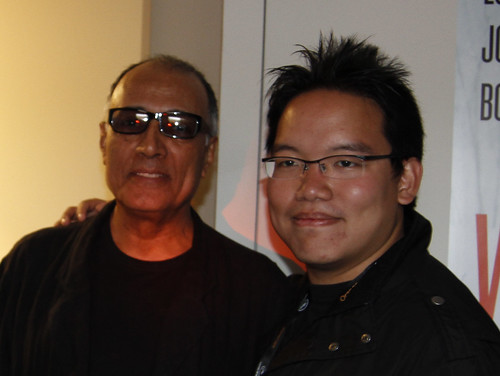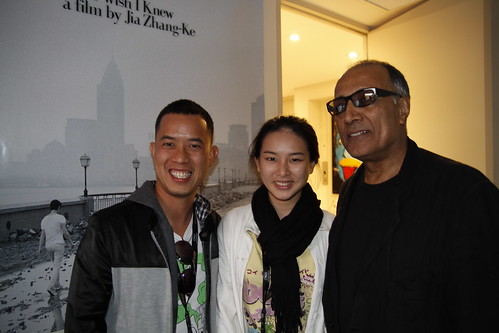For reasons I cannot comprehend or explain, it became something that had haunted my mind for the past half decade. Maybe because this was a part of Japanese/ Malaysian history (countries obviously close to my heart) that was gradually being forgotten, so I became increasingly curious, and determined to commit their stories into film.
There are publications about them, but films? The only ones I am aware of are still Kumai Kei's Oscar-nominated SANDAKAN NO. 8 (1974) and Shohei Imamura's KARAYUKI-SAN, THE MAKING OF A PROSTITUTE (1975). The former is a fictionalized retelling of their plight, the latter is a documentary.
I finally found time to watch the documentary last night. In the documentary, the director Shohei Imamura was interviewing an old lady named Kikuyo Zendo, a former Karayuki-san. As they walked through familiar places like Klang and revisit locations of her memories, before finally revealing that at that time she was staying at Petaling Jaya, I was sort of shocked. Was she staying within my neighbourhood? Where I live now is an area that had existed long before my birth. In 30 years of my life I have been staying mostly in this house. A decade or two before my birth, she was probably roaming the same area.
People come and go, history happens, time is constantly moving. I don't know why this felt like such a big deal. Perhaps I am not used to seeing familiar places from a different time through the prisms of another.
In this effortless documentary I relearned many things that I have learnt during my years of researching the Karayuki-san, while also getting nuggets of information that I never knew before. When everything is recounted in first person, and committed to celluloid, the feeling is a little different from reading it from books.
This documentary is hard to find, I think it's still included in Shohei Imamura's A Man Vanishes DVD.
But you can find the entire film on Youtube, unfortunately, it only has French subtitles. Yet if you are curious, I still recommend that you scan through the film. Many of it transcend language anyway.
One thing I need to note is that many publications and articles about this documentary, including the seminal AH KU AND THE KARAYUKI-SAN book have mentioned that the locales visited by Imamura and Kikuyo were in Singapore.
But watching the documentary myself. I'm rather sure that all of Kikuyo's interviews were conducted in Malaysia, in areas around Kuala Lumpur. Like Cheras (the nursing home), Klang (the port at the opening, the ship, the previous brothels), Petaling Jaya (Kikuyo's home) etc. Even the cemetery they went to seemed very much like the Japanese cemetery in Kuala Lumpur, and not Singapore.

